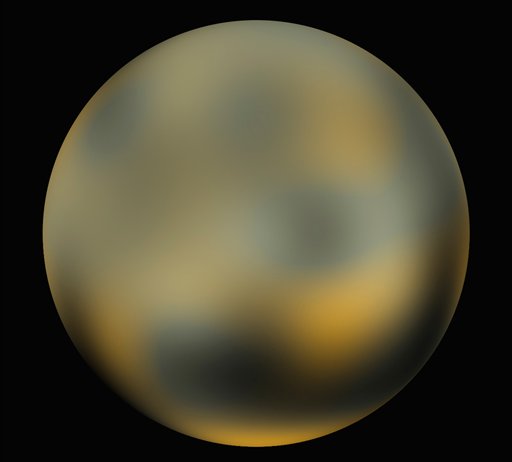This July we get to see Pluto. And I don't mean the blurry, pixelated images we're used to--I mean we get so see Pluto in it's full glory. The New Horizons spacecraft left Earth 9 years ago, waking up in December about 2.9 billion miles from home. 9 years is a long time, so let's hope a stray asteroid doesn't knock out the Pluto lens on New Horizons' camera.
Photo courtesy of Nasa
The pictures we have of Pluto so far are taken by the Hubble Space Telescope and look something like this-->
They're cool, but not that helpful for the layman interested in learning about the dwarf planet. But with New Horizon's arrival to the Kuiper Belt portion of space, all of that is about to change.
Despite the fact that we haven't yet had a good look at Pluto, we still know quite a bit about it.
- Pluto is the largest object in the Kuiper belt.
- Sometimes Pluto's orbit brings it closer to the sun than Neptune.
- It takes 5.5 hours for light from the sun to reach Pluto.
- Pluto and its neighbor Charon might be in a binary dwarf planet system (we're waiting on the official definition of binary dwarf planets), but currently it is just a moon.
- Pluto is about 33% smaller than Earth's moon.
- The atmosphere on Pluto is slowly being pushed out into space by solar winds. If it were closer to the sun, it would look like Pluto had a tail, similar to a comet.
New Horizons' arrival marks the first time an Earth space craft has ever visited Pluto (jury's out on alien space craft). Hal Weaver of John Hopkins University put it simply: "We can't wait to turn Pluto into a real world, instead of just a little pixelated blob."
This Sunday, January 25, New Horizons began to take photos. The first picture back from the far reaches of our solar system depicts Pluto and its moon (or binary planet), Charon. It looks like this:
Again, NASA takes sweet photos.
And at the speed of 8 miles per second, New Horizons will move closer and closer until it is only 7,700 miles away from Pluto. That is incredibly close! Think of the Earth as seen from the moon.
Earth as seen from the Moon. Photo by NASA.
It's amazing, but still pretty far off. The moon is located 238,855 miles from Earth.
On the other hand, take a look at this photo taken by Apollo 4, only 10,000 miles from Earth:
Photo taken 1967 by Apollo 4. Check out all these other cool space pics too.
Stunning.
And that is how close we will be able to see Pluto--but more clearly! We have better cameras and better technology, and the only thing that separates us from Pluto is 3 billion miles. Well, less than 162 million now.
One way or the other, I'm looking forward to July, when New Horizons comes in kissing distance from Pluto, before rushing past to go visit other interesting objects in the Kuiper belt. Photos, information, and excitement--who knows what we'll discover?
Personally, I'm just hoping for aliens.




